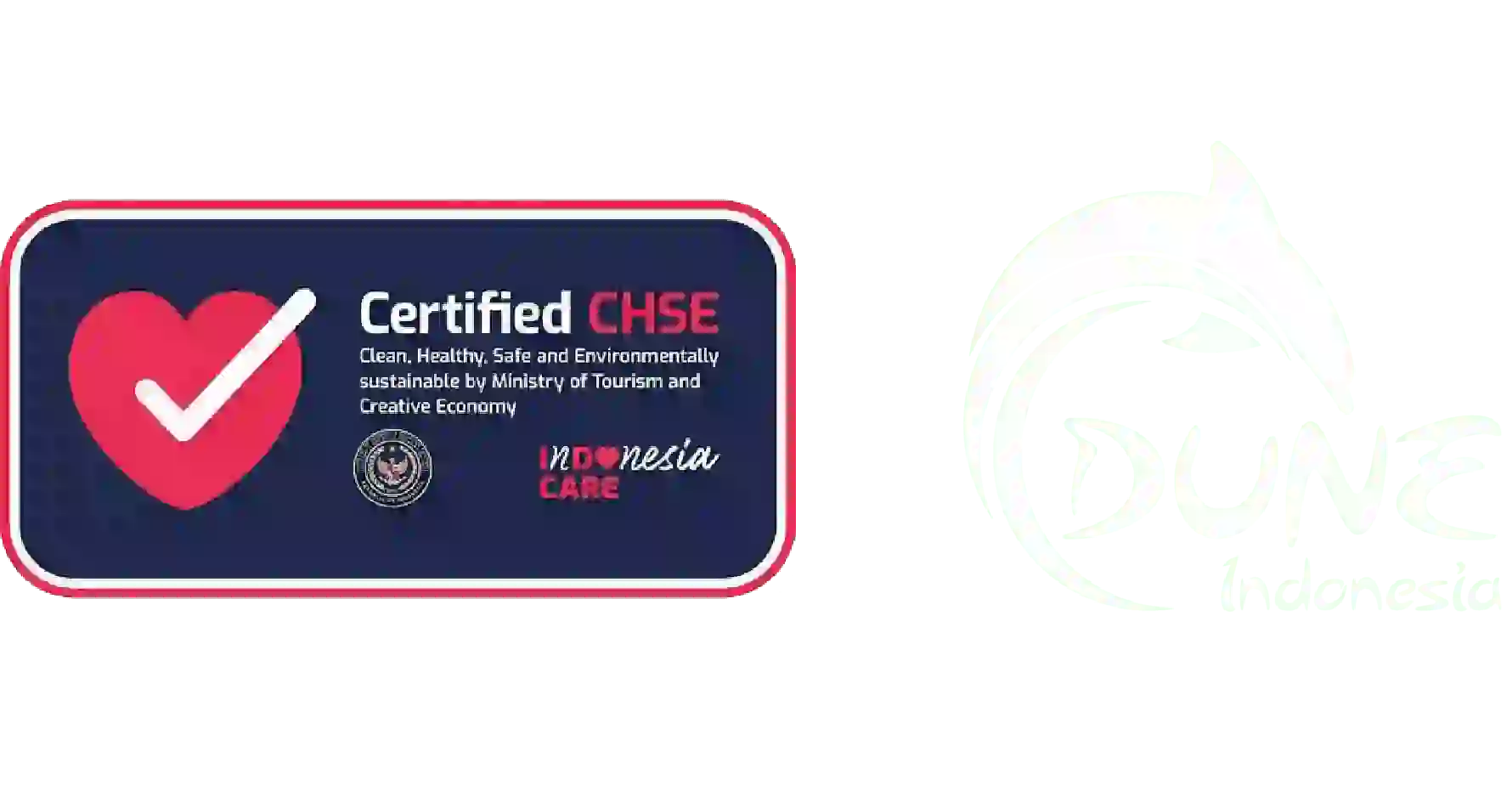We often see turtles on land, either the smaller turtles we keep as pets or the gigantic Galapagos turtle that can live up to hundreds of years. But in the ocean today, there are only 7 species of turtles left. They are Green Sea Turtle, Loggerhead Sea Turtle, Kemp’s Ridley Sea Turtle, Olive Ridley Sea Turtle, Hawksbill Sea Turtle, Flatback Sea Turtle, and Leatherback Sea Turtle.
Hawksbill
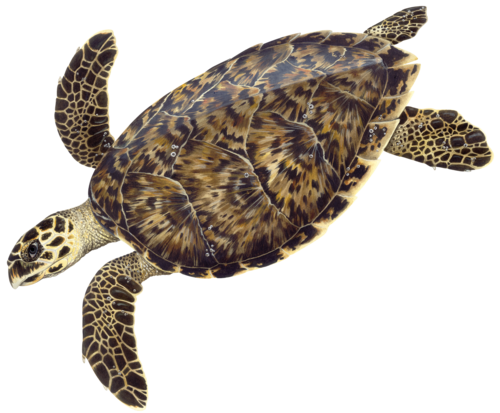
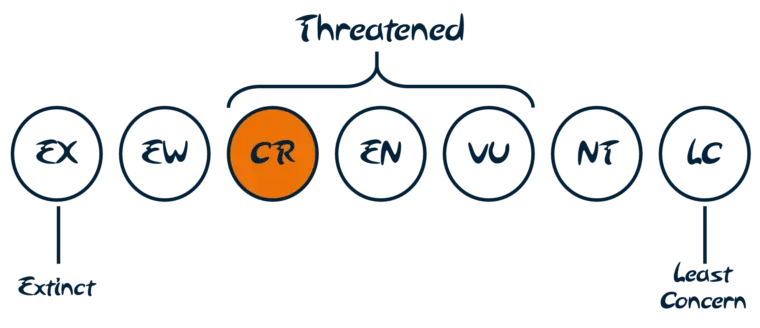
Known as Eretmochelys Imbricata, Hawksbill Turtles’ appearance is similar to that of other marine turtles. In general, it has a flattened body shape, a protective carapace, and flipper-like limbs adapted for swimming in the open ocean. The distinctive feature to differ them from the other sea turtles is its beak. Hawksbills are named for their narrow, pointed beak. They also have a distinctive pattern of overlapping scales on their shells that form a serrated-look on the edges. They feed mainly on sponges by using their narrow-pointed beaks to extract them from crevices on the reef, but also eat sea anemones and jellyfish. They help the ecosystem by eating the sponges that cover the reefs which in turn allows other fishes to have better access. Hawksbills are considered critically endangered; they are often illegally hunted for their shells as they have beautiful brown and yellow carapace plates that are manufactured into tortoiseshell items for jewelry and ornaments despite their current protection under the Convention on International Trade in Endangered Species of Wild Fauna and Flora (CITES) and many national laws.
Leatherback
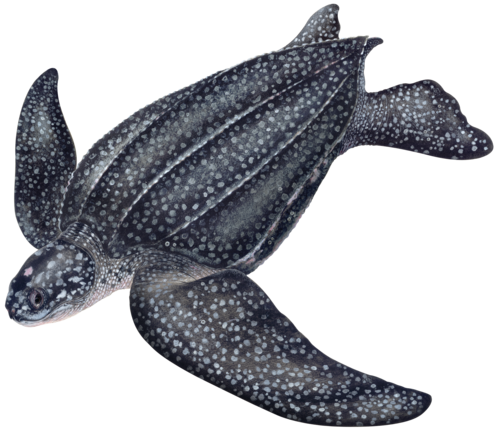
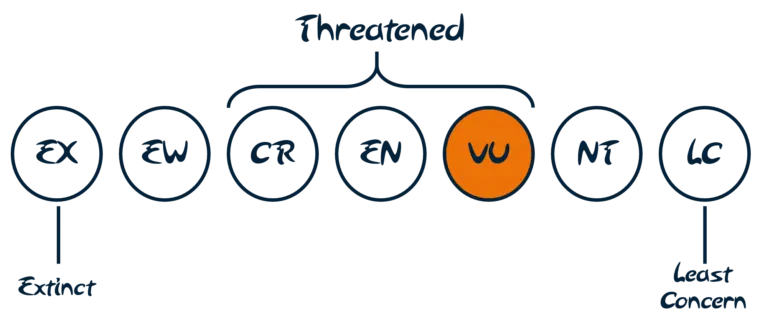
The leatherback sea turtle (Dermochelys coriacea), sometimes called the lute turtle or leathery turtle is the largest of all living turtles and is the fourth-heaviest modern reptile behind three crocodilians. This species is easily recognized as they are physically the most distinct from the other sea turtles. Leatherback turtles are named for their shell; they lack hard and bony shells, instead, their carapace is covered by leather-like skin and oily flesh. Leatherback turtles consume large numbers of jellyfish which helps to keep populations of these marine organisms in check. Leatherbacks are considered vulnerable; their eggs are often poached, reducing their population in the wild. They also often became the victim of bycatch; accidentally trapped in fishing nets causing them unable to breathe and in turn drown. The effects of global warming are also the main threat to Leatherbacks as the rising sea level covers the sandy beaches that Leatherbacks use to nest.
Loggerhead
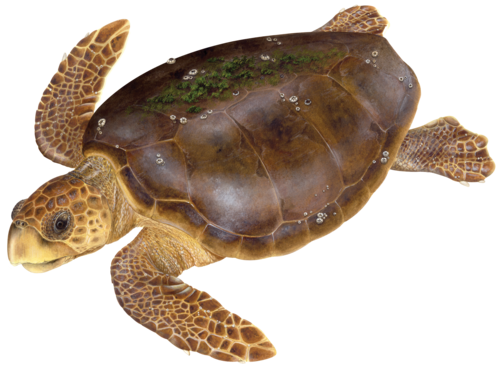
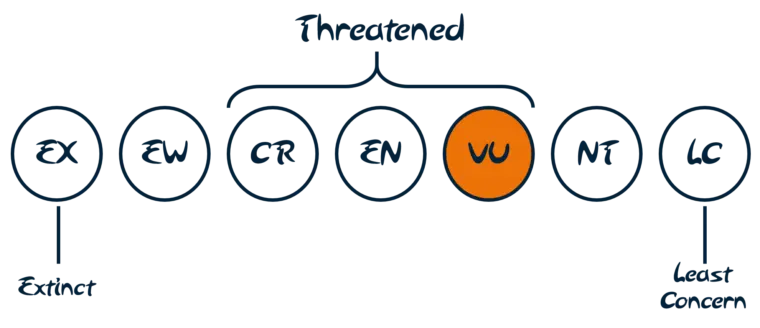
At a glance, Loggerheads might be mistaken for Hawkbills. They have similar beaks and patterns on their fins. However, their shells are not as flat and serrated as Hawkbills’. Loggerhead turtles (Caretta caretta) are named for their large heads that support powerful jaw muscles, allowing them to crush hard-shelled prey like clams and sea urchins. The way loggerhead turtles feed on their hard-shelled prey recycles important nutrients and keeps ocean floor sediments in balance. Out of the other sea turtles, Loggerheads are less likely to be hunted either for their meat or shell. But the main threat to Loggerheads is bycatching as Loggerheads are active around areas with heavy fishing activities, making them considered vulnerable.
Green Turtle
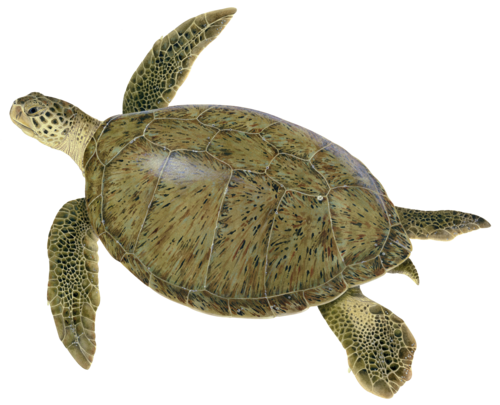
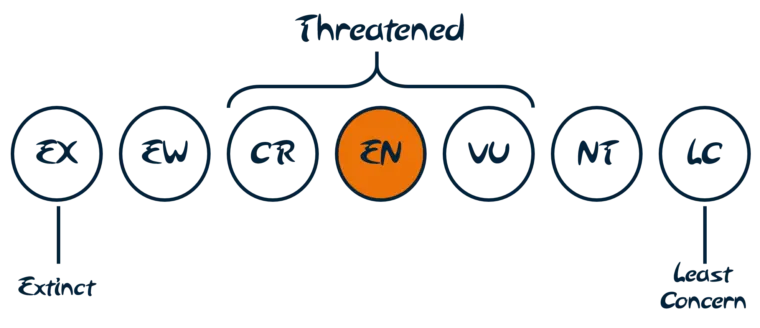
The green turtle is one of the largest sea turtles and the only herbivore among the different species. Green turtles (Chelonia mydas) are in fact named for the greenish color of their cartilage and fat, not their shells, which are olive to black. Green turtles graze on seagrasses and algae, which maintains the seagrass beds and makes them more productive (much like mowing the lawn to keep it healthy). They digest the seagrass rather quickly which then acts as a fertilizer for the other seagrass beds. Seagrass beds also function as nurseries for several species of invertebrates and fish, many of which are of considerable value to commercial fisheries and therefore important to human food security. Green Turtles are considered endangered; like the other turtles they are vulnerable to bycatching and habitat loss as human activities increase rapidly on beaches where they usually nest.
Olive Ridley
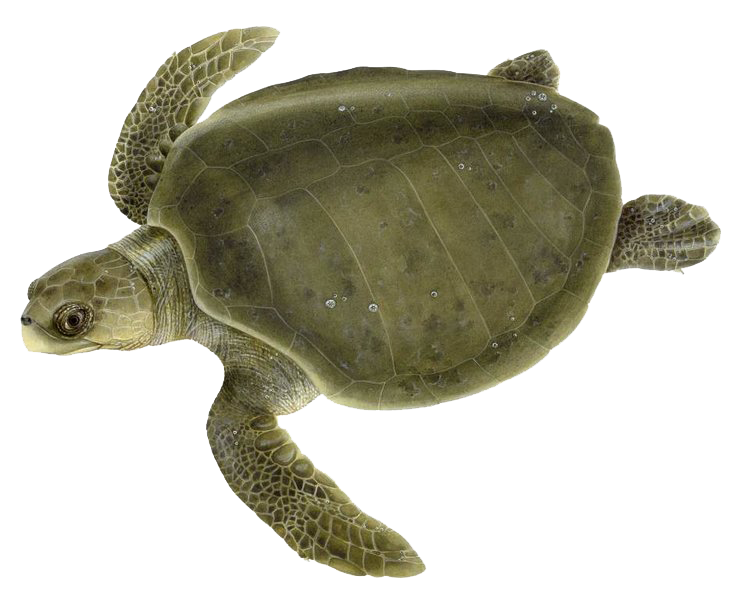
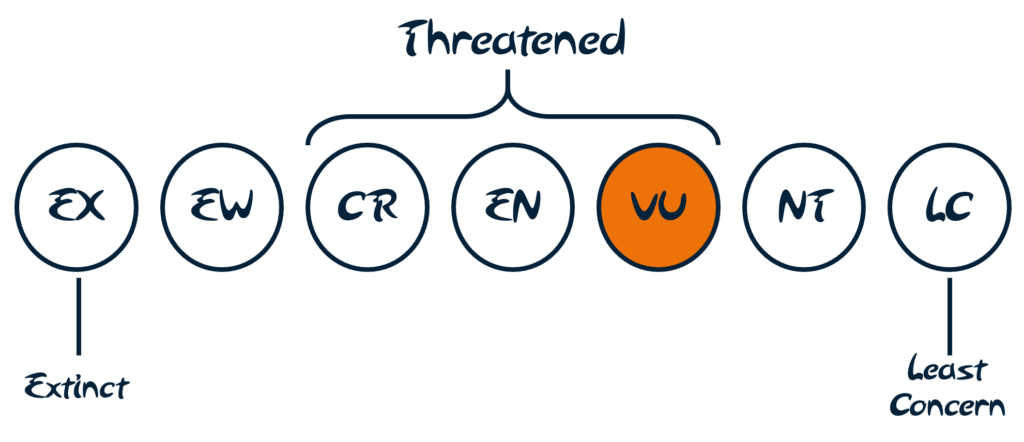
Olive Ridley Turtles (Lepidochelys olivacea) share the same physical characteristics as Hawksbills, Loggerheads, and Green Turtles as they are in the same family of Cheloniidae albeit it is the second smallest of them all. The name for this sea turtle is tied to the color of its shell—an olive-green hue. They are currently the most abundant of all sea turtles. Their vulnerable status comes from the fact that they nest in a very small number of places, and therefore any disturbance to even one nest beach could have huge repercussions on the entire population. Climate change also causes the sands’ temperature to rise and in turn, more female Olive Ridleys hatch than males; creating an imbalance in nature.
READ ALSO: Endangered Species & World Turtle Day
Kemp’s Ridley
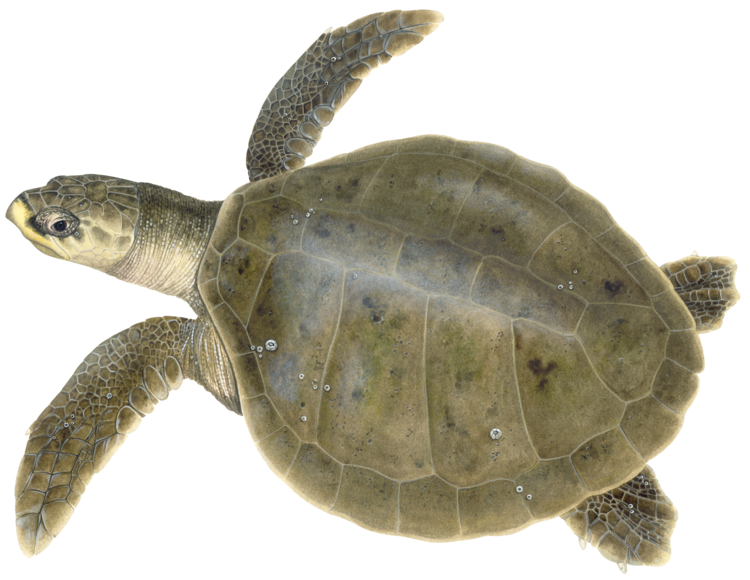
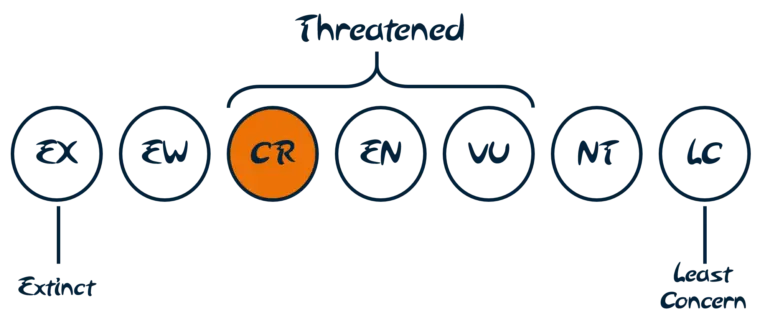
Kemp’s Ridley sea turtle (Lepidochelys kempii), also called the Atlantic Ridley sea turtle, is the rarest species of sea turtle and is the world’s most endangered species of sea turtles. This species of turtle is called Kemp’s Ridley because Richard Moore Kemp (1825-1908) of Key West was the first to send a specimen to Samuel Garman at Harvard, but the origin of the name “Ridley” itself is unknown. Unlike the other 6 sea turtles, Kemp’s Ridley can only be found in the Atlantic Ocean. They are omnivores that feed on jellyfish, mollusks, crustaceans, sea urchins, and algae. Kemp’s Ridleys are considered critical; egg harvesting and pouching first depleted the numbers of Kemp’s Ridley sea turtles. But today, major threats include habitat loss, pollution, and entanglement in shrimping nets.
Flatback
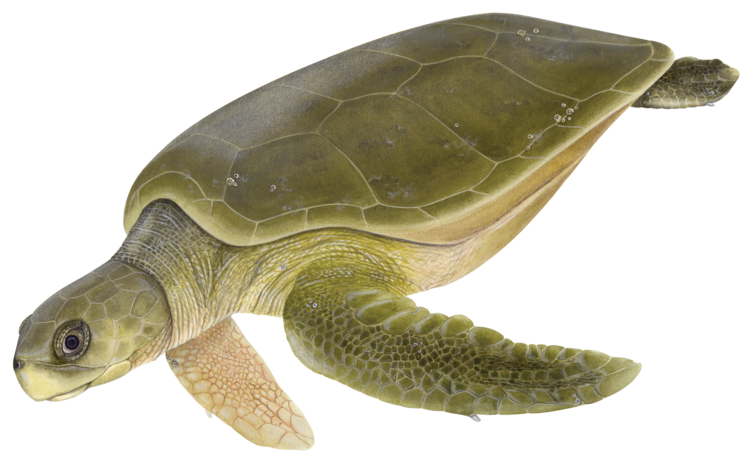

The Australian Flatback Sea Turtle (Natator depressus) is a species of sea turtle endemic to the sandy beaches and shallow coastal waters of the Australian continental shelf. This turtle gets its common name from the fact that its shell has a flattened or lower dome than the other sea turtles. The Flatback Sea Turtle is an omnivorous species but predominantly eats a carnivorous diet. It feeds mostly on the prey found within the shallow waters where it swims. It has been found to feed on soft corals, sea cucumbers, shrimp, jellyfish, mollusks, and other invertebrates. It will also occasionally feed on seagrasses, even though it rarely feeds on vegetation. On the International Union for the Conservation of Nature or the IUCN’s official website the Flatback Sea Turtle is listed as data deficient. It is the least endangered of the other sea turtles. However, the flatback sea turtle is listed as vulnerable nationally in Australia. They are of course vulnerable to threats like bycatching and habitat loss like the other sea turtles.
Six of those turtles live in Indonesia: Green turtle (Chelonia mydas), Hawksbill turtle (Eretmochelys imbricate), Olive Ridley (Lepidochelys olivacea), Leatherback Sea Turtle (Dermochelys coriacea), Flatback Sea Turtle (Natator depressus), and Loggerhead Sea Turtle (Caretta caretta). All of them can be found in the Coral Triangle area which is considered a top priority for marine conservation by the World Wide Fund for Nature because of its rich and abundant marine life diversity.
Indonesian government is aware of the threats regarding the sea turtles and has taken action. According to the Government Regulation (PP) number 7, year 1999, concerning the Preservation of Plant and Wildlife, all sea turtles in Indonesia have been protected by law. While according to Law number 5, year 1990, concerning the Conservation of the Natural Resources and the Ecosystem, actors (traders and buyers) of sea turtle trade are liable to a maximum of 5-year prison term and a maximum of 100 million Indonesian Rupiah. These laws ensure that catching and trading sea turtles, dead or alive, for profit purposes are illegal and punishable by law.
Each one of the 7 turtles has its own role to play in nature balancing the ecosystem. The fact that all of these turtles are considered threatened means that we have to take action. Here are some small steps that could help us make a bigger change to save the turtles:
- Participate in beach clean up events. Most marine debris and plastic waste are hazards to not only sea turtles but also other marine lives.
- Be a responsible shopper. Reduce your plastic intake as much as you can by bringing your own shopping bags, using glass bottles, refrain from using balloons. Plastics that ended up in the sea might be mistaken as jellyfish by turtles.
- Keep the beaches clean. Not only cleaning the trash but also take away the umbrellas and chairs after the sun goes down; make the beach as comfortable as possible for turtles to nest. Fill in the holes and demolish sandcastles as they can become obstacles for newly hatched turtles when they race to the sea.
